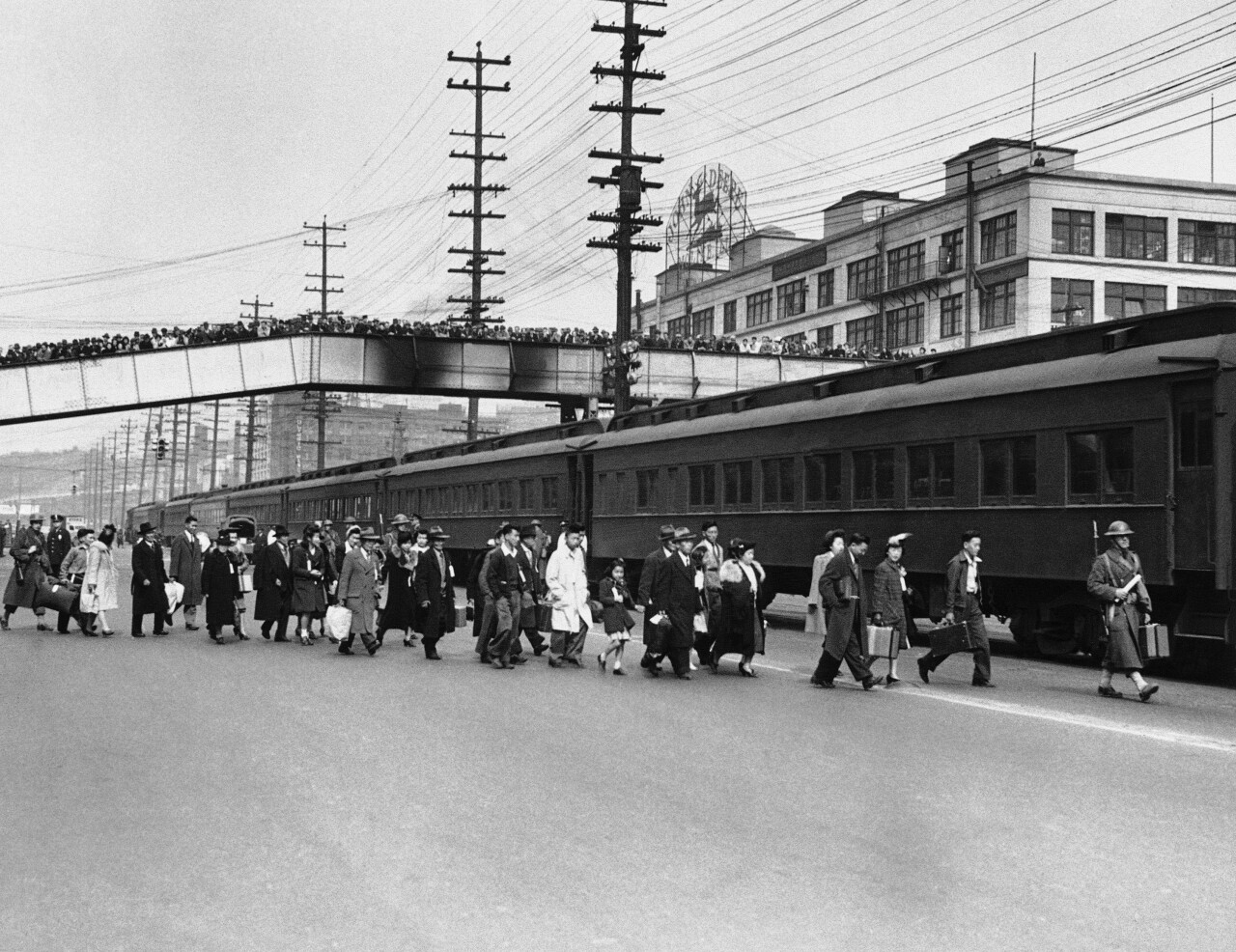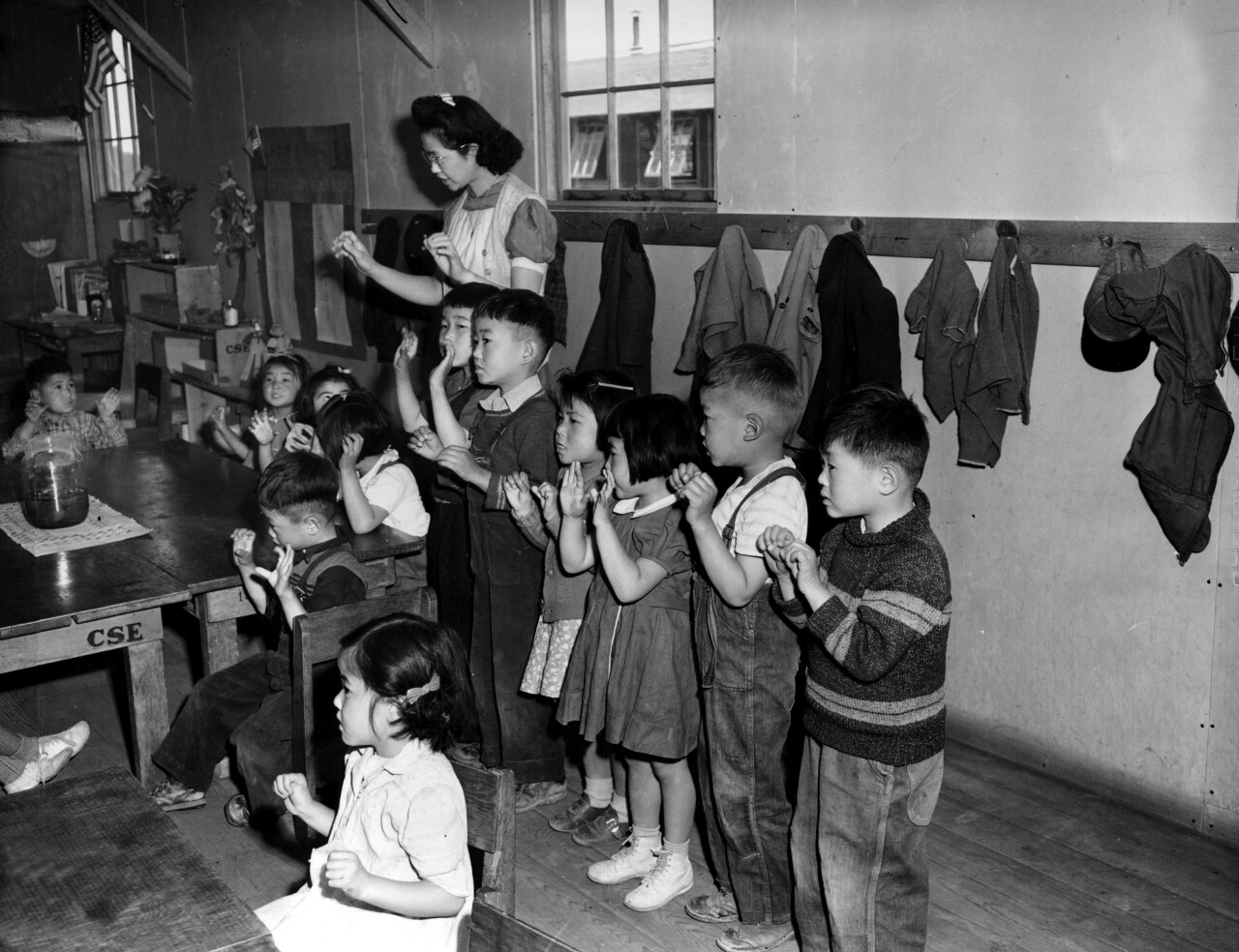It was only a few hours from her home in Southern California, but the destination was a world away.
"All I could do was watch people leave the camps and feel like I have no control over my life," explains Chizu Omori, now 91 years old and living in San Francisco. But in May 1942, Chizu had just turned 12 and had just been forcibly relocated to what she referred to as "the camps."
Over the years, there has been some debate over what the camps are called. The U.S. Government still refers to the camps as "internment camps" or "war relocation centers." But today, groups like the Japanese-Americans Citizens League call them "incarceration camps" or "concentration camps."
RELATED: Japanese communities sent to camps during WWII, including two in Arizona
There were ten of these camps, mostly scattered across the western U.S. Two were located in Arizona - The Gila River War Relocation Center roughly 30 miles south of Phoenix and the Poston War Relocation Center located in La Paz County, south of Parker.
According to historians, any individual who was at least one-sixteenth Japanese would have been required to go to one of the camps. Government records show more than 110,000 Japanese-Americans were forced to live in these camps and, according to estimates, two-thirds of the Japanese-Americans sent to the camps were actually U.S. citizens.

"They didn't know what to do with us. This was a relatively unique thing in our history... I think the camp experiences knocked out all the reasons to maintain the language and the culture and all that so that I lost it and I can't speak it anymore. It's really unfortunate."
Chizu says the camps became almost like their own towns. According to historians, many had their own schools, post offices, and places of worship. It was all very primitive at the beginning, but Chizu says they had no choice but to try and make the best of it.

"Surprisingly people were really resourceful. They created a lot of art and social activities, even Japanese cultural events, theater and all kinds of things they really did make the desert bloom in a lot of ways."
Chizu says people even held jobs within the camps.
Kids played sports together, attended school, and went to church services with their families, says Chizu. She explains even adults were able to find some ways to enjoy life within the confines of the camp.
"There were a lot of romances, partying, and marriages, social activities. I think some of the women felt like they had some free time for themselves for the first time in their lives. They would take sewing classes. There were singing clubs, literary clubs... I think a lot of them just made the best of what they could. And really I thought the government and its policies were the problems that arose in the camps."

Those problems almost sent Chizu and her family packing for Japan -- a country she had never been to. The U.S. government asked adults in the camp to fill out what became known as "loyalty questionnaires," asking families if they'd fight on behalf of the U.S. Army and renounce their allegiance to Japan.
"The fact that the government imposed a loyalty questionnaire on our group... maybe it was the cruelest thing that they could have done to us. I don't understand the legality of doing that... It created a huge divide in our community over identity."
Chizu's father had had enough and eventually signed repatriation papers to move the family back to Japan. At the time, they thought it was their only way out.
"For a long time, I just felt doomed. All I could do was watch people leave the camps and feel like I have no control over my life. I was very unhappy about that. I thought I'd have to accompany my family and go back to Japan."
But Chizu and her family never made it to Japan. WWII was ending. The camps were opening up. Family told Chizu's father that Japan was in no shape to welcome anyone back.





